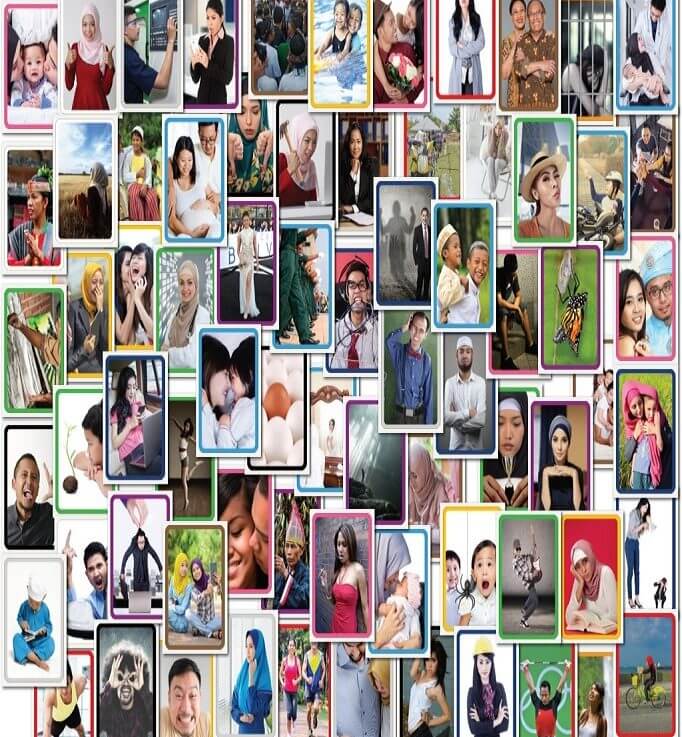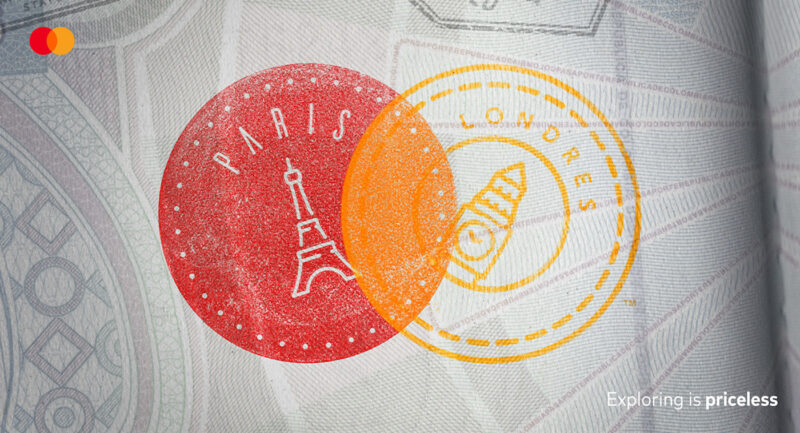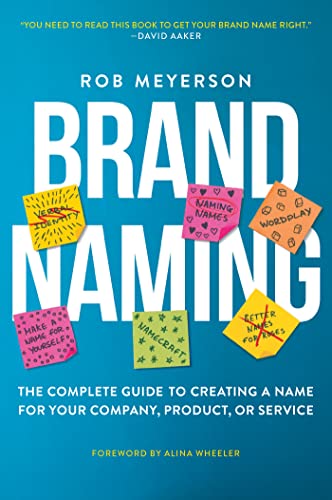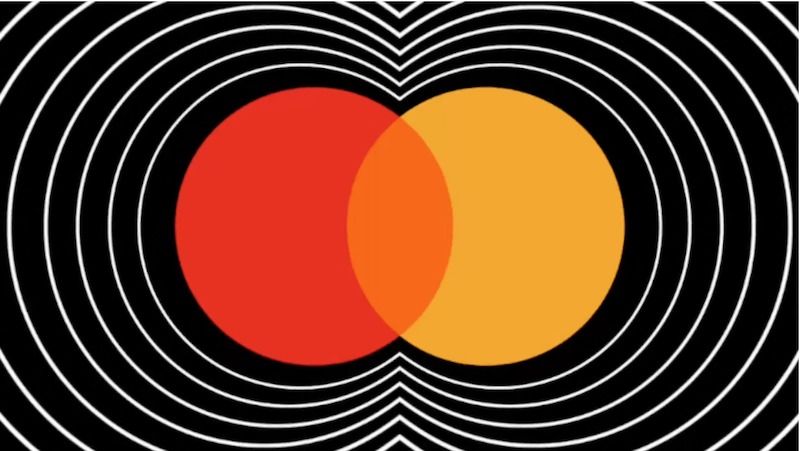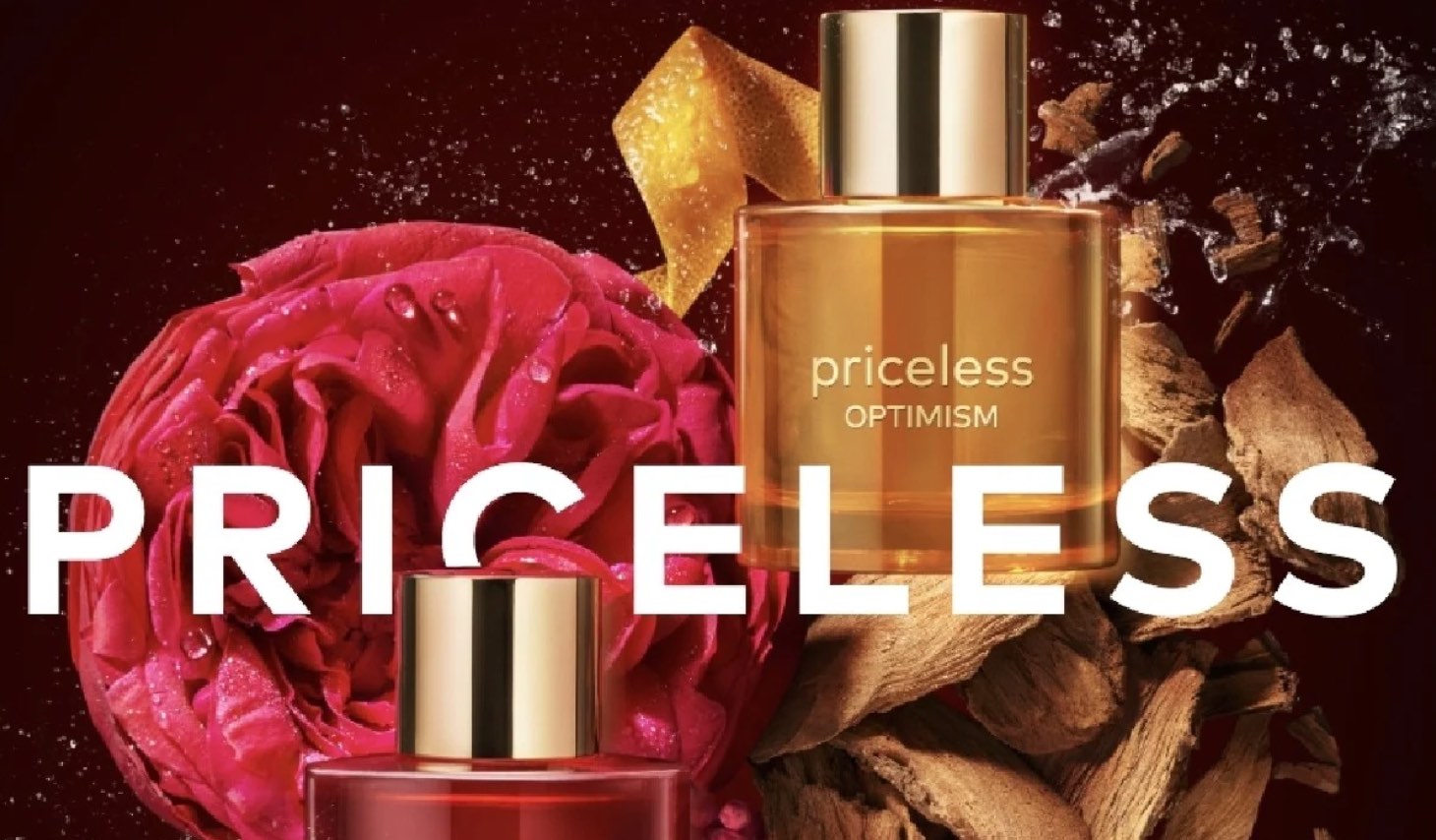The standard model of market research has relied on language as the main medium for understanding behaviour for more than 100 years. Recent discoveries in psychology and behavioural economics suggest that behaviour is driven more by emotions than reason, so is language still the best medium for communication in marketing and research?
TapestryWorks recently undertook research-on-research to understand the impact of different stimuli, verbal and visual, on human responses to the same set questions (read more here). Our focus was on the motivations underlying women’s perceptions of beauty, and we ran the same study across four different countries: Australia, Indonesia, Thailand and the UK.The findings are revealing on the use of verbal versus visual stimuli. In all, we tested 36 concepts relating to beauty goals, through verbal and visual versions of the concepts. The verbal versions were in English for two markets, and carefully translated (and back-translated) into Bahasa Indonesia and Thai to ensure that the full meaning of the concept was captured as closely as possible in local language.
We also tested different sets of visual stimuli. A set of Western visual representations of each concept were tested across all markets. Additionally, we tested a third set of stimuli in each market, using Indonesian visual representations of the concepts in UK and Indonesia, Asian visual representations in Thailand and a multi-cultural visual representation in Australia. Each set of stimuli comprised 36 concepts, representing 12 overall motivational segments (based around TapestryWorks’ proprietary StoryWorks® model).
The results are fascinating. Starting with our verbal stimuli, it will not surprise you there was a high degree of agreement about the single most important goal of beauty which is “confidence”. The word Confident (percaya diri in Bahasa Indonesia meaning “believe in yourself” and มั่นใจ in Thai meaning “stable heart”) was by far the most popular choice of verbal concepts, chosen by 63% of women in Indonesia, 55% in UK, 53% in Australia and 49% in Thailand. Does this mean that confidence is the most important goal of beauty, and does it mean the same thing around the world?
The second, third, fourth and fifth verbal choices of women trailed far behind in popularity and with much less agreement in terms of the choices that were made in different countries. By contrast, the top five choices of visual concepts were 100% consistent across the four countries, although given different priorities.
Confident remained the most important concept in Indonesia and the UK, but other options were much closer in popularity. The top two choices in each country clearly show the difference between Western and Asian beauty culture, with Confident and Powerful chosen in Australia and UK (Powerful was the number one choice in Australia), while Confident and Hopeful were the top two choices in Indonesia and Thailand (with Hopeful the number one choice in Thailand).
Which set of responses give a more accurate representation of beauty goals? Given the very strong bias to “Confident” the answer depends on how you interpret the meaning of Confidence and the emotions associated with it. Below are three pictures that were first choice in at least one of the four countries. Are these different versions of the verbal concept Confident, or very different emotional goals that reflect the different priorities of women in Australia, Indonesia, Thailand and UK?
What accounts for the differences in responses to verbal and visual stimuli? Firstly, verbal stimuli force us to engage the rational brain in finding the right answer, encouraging explicit rather than implicit responses (implicit responses give a truer picture of emotional goals). Secondly, verbal concepts can be very broad and flexible, spanning many ideas across many contexts or situations. This makes them useful communication tools, but less precise for understanding real behaviour, especially if the local language has a a more limited vocabulary or the local culture is more context-sensitive.
This leads to the third and most important reason. Verbal concepts can span across multiple situations, with very different emotions and needs, and it’s only when a context or situation is made clear that a concept becomes precise (although at the same time maybe less relevant to a different culture).
For example, in TapestryWorks experience of beauty in Indonesia, the more formal (and Western) meaning of confidence (transformation, glamour) is only relevant on special occasions such as parties and weddings. While these are very important to women’s perceptions of their own beauty they only represent a small slice of their normal everyday beauty behaviours, which are associated with very different emotions and goals.
Confidence is a catch all term for the emotions associated with feeling beauty, but as a catch all, it can mean different things to different people in different situations in different cultures (ignoring any issues of translation). Verbal concepts are hard to translate across cultures, and TapestryWorks believe that visual concepts have much greater specificity and therefore provide much more accurate and stable cross-country comparisons.
Visual stimuli do not need to be translated, and in our survey choices of images were much more consistent across the different stimuli sets than was the case for verbal stimuli. A final advantage is that images are processed quickly and intuitively by people, providing a very simple, quick and engaging question that takes less than a minute in a survey.
Image choices revealed the subtleties of cross-cultural differences that were obscured by responses to verbal questions. It’s time for research to get more visual and learn to use the power of pictures to understand the emotions, cultural values and contexts that drive human behaviour.
[This article was originally written for Asia Research Magazine]


